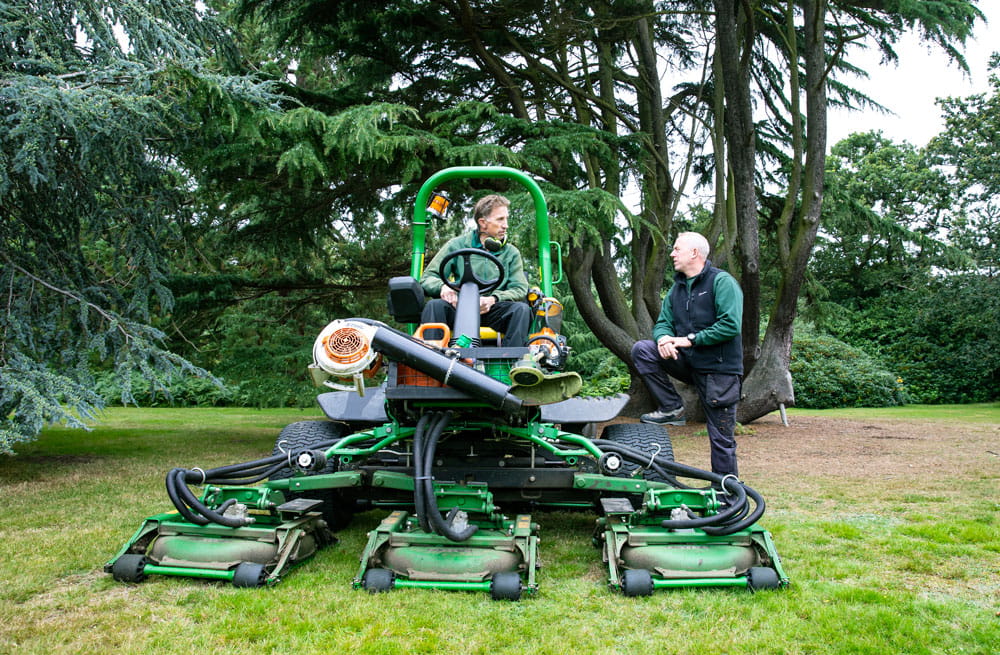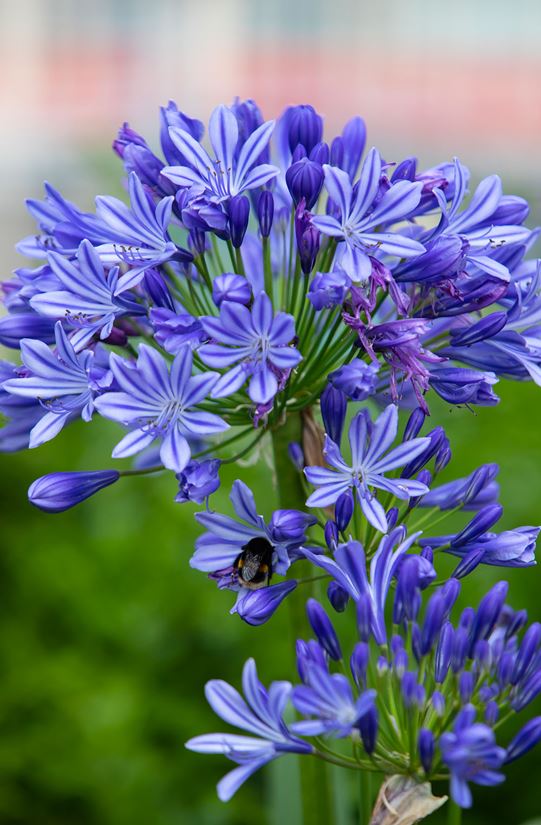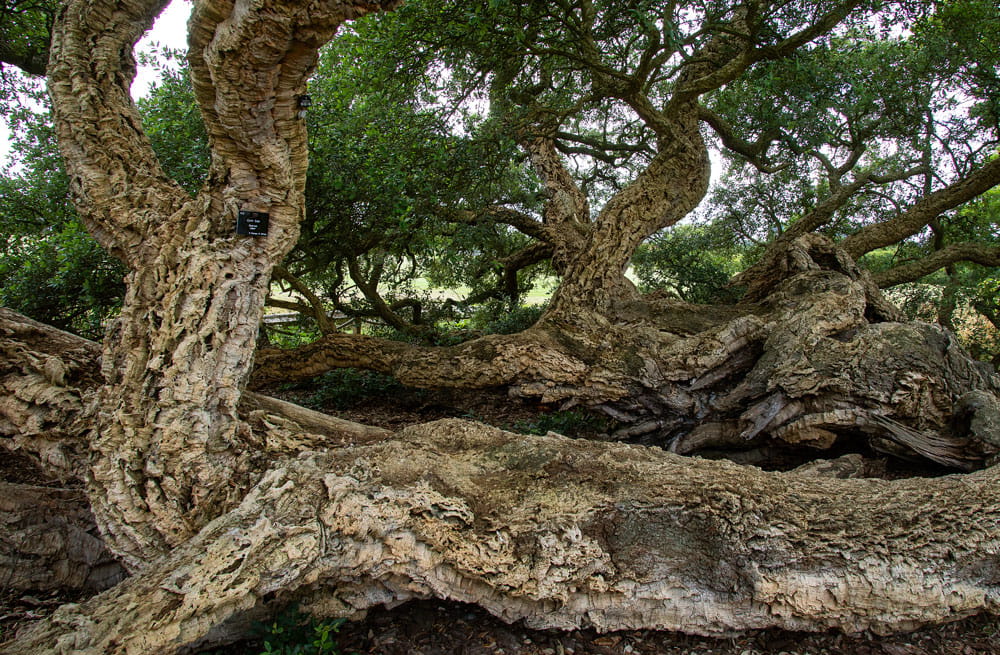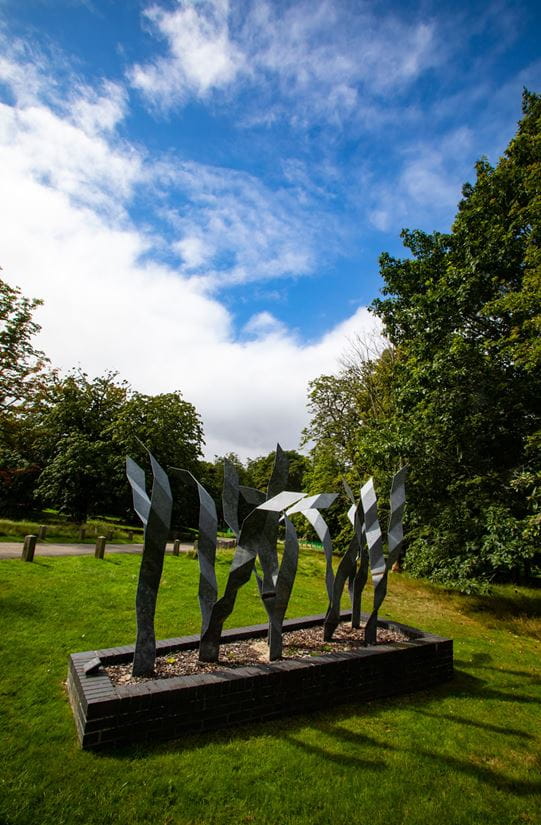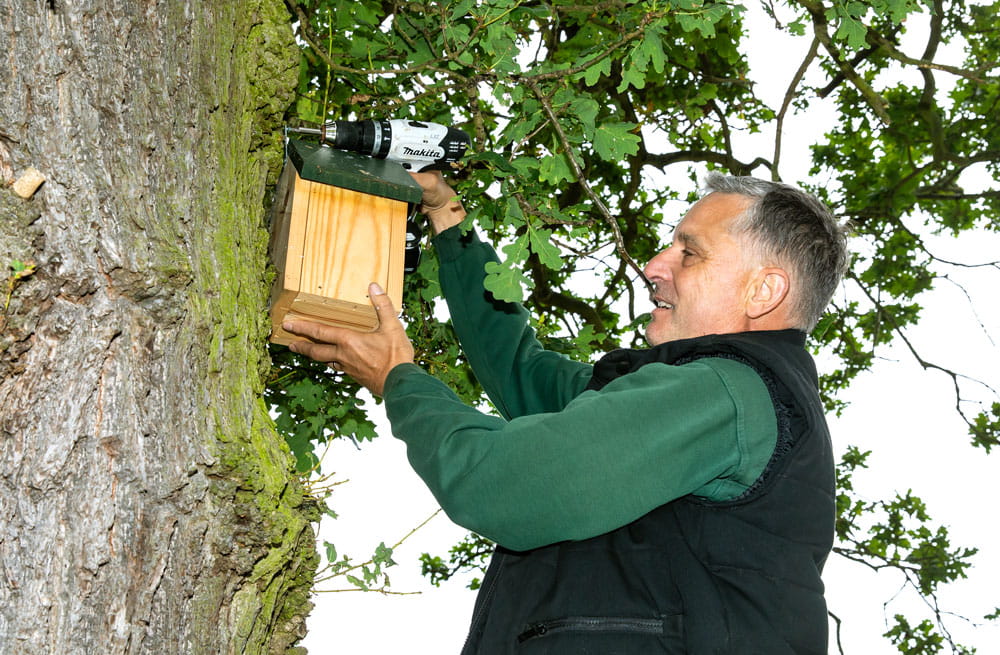Explore the park in more detail
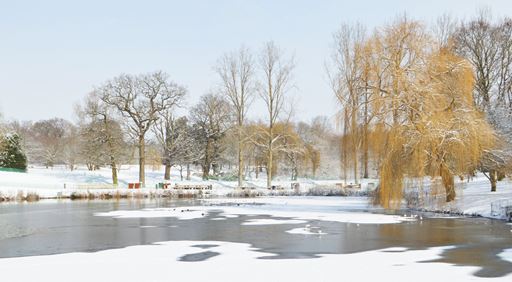
Wivenhoe Park is home to a range of plants and wildlife including some extraordinary and historic trees.
Everyone is welcome to enjoy our parkland but please be considerate - keep dogs on leads and clean up after them. Find out more about visiting the park.
Enjoying our green space
Flora and fauna
Our site provides many habitats including amenity, marshy and acid grasslands, reed beds, woodland and eutrophic and mesotrophic lakes. These habitats are home to insects, invertebrates, amphibians, reptiles, birds, fungi and fauna. We encourage wildlife by placing insect hotels, bird boxes and hedgehog boxes around the campus.
Wildlife in and around the lakes
The park has three consecutive man-made lakes which, along with the areas surrounding them, provide a habitat for various duck species, Canadian geese, moorhens, coots and cormorants. The lakes themselves are home to several fish species.
In the future we plan to enhance our facilities around the lower lake by adding boardwalks, lighting and an amphitheatre.
Take a guided tour of our trees
We're home to over 2,800 trees, including rare species and veteran trees. The variety of species and ages provide habitats for a range of animals and support the growth of fauna and funghi.
Our Tree Walk is a self-guided tour of some of our notable trees.
Green Exercise
In 2003, the University of Essex coined the term 'Green Exercise', which refers to any form of exercise or physical activity undertaken amongst nature and within green spaces.
Our Green Exercise research project examines where, when, how and why Green Exercise brings health and well-being benefits, aims to understand who can benefit most from Green Exercise, and how it can be used as a means to drive behaviour change.
In this short film, Dr Jo Barton discusses how Wivenhoe Park and our Colchester Campus provides the perfect green space for this.
Managing our park
We encourage wildlife by creating and maintaining a wide variety of habitats. Our habitat surveys have identified species as diverse as woodpeckers, kingfishers, five species of bat, grass snakes, common lizards, hedgehogs and harvest mice. We're also home to several scarce species of spiders, moths and bees.
